House of Missionary Blair (선교사블레어주택)
9.0Km 2019-11-27
2029, Dalgubeol-daero, Jung-gu, Daegu
+82-53-661-2193
The House of Missionary Blair was built in in the 1910's for his time of missionary work in Korea, but has been converted into a history museum and education center. The two-story red brick building has maintained its original construction, with only minor changes having been made over the years. The house is very representative of its time, with a brick chimney rising over the roof, and wooden flooring inside. The first floor was made up of a veranda, reception room, living room, bedrooms, dining room and kitchen. The second floor featured bedrooms and a bathroom. The windows can be opened both at the top and the bottom, and the veranda was used as a sunroom. The House of Missionary Blair is a great example of American architecture from the 1900's.
Dongsan Cheongna Hill (동산청라언덕)
9.0Km 2024-10-25
2029 Dalgubeol-daero, Jung-gu, Daegu
+82-53-627-1337
Cheongna Hill is the place where Christian missionaries resided during the early 20 century, planting many ivies along the site. It is also called Dongsan Cheongna Hill for being on the eastern side of Daegu's center. There are many attractions in this beautiful garden including Chamness’ House, Switzer’s House, Blair’s House, 90 stairs, Daegu 3.1 Independence Movement Road, Daegu's first western apple tree, a memorial stone inscribed with the song "Thinking of My Friend” , and the cemetery of the missionaries and their family. Cheongna Hill is also the starting point of Daegu's Street Tour Course 2 as well as a popular drama film location.
House of Missionary Switze (선교사스윗즈주택)
9.0Km 2024-08-05
2029 Dalgubeol-daero, Jung-gu, Daegu
The House of Missionary Switze served as home for a host of American missionaries. Built between 1906 and 1910, the home is a Western-style structure with two above-ground floors and one basement level. In 1981, the house was used as company housing for doctors at the nearby Dongsan Hospital, at which point changes were made to the interior and exterior of the house. It was later changed into a missionary museum, displaying items used by the missionaries who lived in.
Old GuAm-seo-won
9.0Km 2021-04-09
492-58, Gukchaebosang-ro, Jung-gu, Daegu
+82-53-428-9980
Old Guam Seowon is a traditional Korean guesthouse located between Dongseong-ro and Seomun Market in Daegu. With land area of 2,300㎡, it has a total of six guestrooms, a shared living room, a bathroom, and a kitchen. The house has a large yard where guests can play various traditional Korean games such as "tuho" and "jaegichagi." In the backyard, guests can shoot arrows and try on traditional Korean clothes. Both the guestrooms and bathrooms were remodeled to have some of the modern conveniences. If you want, you can cook at the shared kitchen. Bread and cup noodles are served for breakfast. Situated in a residential area downtown, it's both quiet and very conveniently located for those planning to tour the city. Nearby popular tourist destinations include E-World, Daegu Nature Park & Spa Valley, Seomun Market, Gukchaebosang Memorial Park, and Kim Gwangseok-gil Street, with easy public transportation to and from the downtown area.
Eldis Regent Hotel (엘디스 리젠트 호텔)
9.1Km 2021-02-11
2033, Dalgubeol-daero, Jung-gu, Daegu
+82-53-253-7711
Situated in the heart of the city of Daegu, Eldis Regent Hotel is in close proximity to domestic financial institutions, government offices, Daegu World Cup Stadium, and Daegu Stadium. The European-style business hotel has up-to-date central heating, ventilation, and air conditioning systems and each of the eight different types of guestrooms are equipped with soundproof windows. Hotel facilities include a jazz bar (“Blue Chicago”), and a fitness club outfitted with modern weight and workout equipment.
The hotel is located near a transfer subway station, making it easy to reach many shopping districts of Daegu. Lotte Department Store, Hyundai Department Store, and Daegu Department Store, as well as traditional Seomun Market are all within walking distance of the hotel, making Eldis Regent Hotel a favorite accommodation among shoppers. Various medical clinics are located nearby with Yangnyeongsi, a tourist site known for its 350 years of history in traditional Korean medicine, a mere 3-minute walk from the hotel.
Romance Papa (로맨스빠빠)
9.1Km 2024-04-01
492-6 Gukchaebosang-ro, Jung-gu, Daegu
This cafe is located near Seomun Market and Seomun Market Station on Daegu Subway Line 3. It is a hanok renovated with a retro and classic interior. Wooden doors and mother-of-pearl shelves between the seats create an atmosphere of warmth and relaxation, as if visiting a Korean grandmother's house. There are also seats in the yard where one can have coffee and dessert while enjoying the unique atmosphere of a hanok. The place has drinks and desserts made with various fruits and pour-over coffee. The signature menu here is called Perpetual Snow. It's similar to Einspänner, but it's topped with its own unique cream, so it's nutty and sweet. Visitors can also enjoy ade and smoothies with peach pulp in the summer.
Daegu Motorcycle Street (대구 오토바이골목)
9.1Km 2021-02-09
Ingyo-dong, Jung-gu, Daegu
+82-53-627-1337
Daegu Motorcycle Street is located in Ingyo-dong, Jung-gu, Daegu along Sijangbuk-ro. The street was originally a creek lined with houses, but in 1953 the creek was covered over and made into a paved road. Gas stations and stores selling automotive parts sprung up, turning the area into a thriving commercial district. In 1961, the first motorcycle store opened its doors and was quickly followed by several more.
Currently there are 40 motorcycle stores, making this 200-meter-long street one of Daegu’s most unique shopping areas. Shoppers can find a vast array of new and secondhand motorcycles both domestic and imported, as well as a wide selection of motorcycle parts and accessories.
March 1st Independence Movement Road (3·1만세운동길)
9.1Km 2023-01-20
Dongsan-dong, Jung-gu, Daegu
March 1st Independence Movement Road is a historical location where Daegu citizens gathered for the independence movement on March 8, 1919, and the midpoint of Daegu Modern Alley Tour Course 2. Passing Cheongna Hill Missionary's House and Jeil Church, you will come to a road with murals of the independence movement. The March 1st Independence Movement Road is a hilly road leading to Gyesan Cathedral. It is also called 90 Stairs because there are 90 steps. On the wall of the stairs, there is an augmented reality (AR) experience zone along with site photos from history. By scanning the QR code is a 3D video that vividly reproduces the independence movement, enabling a realistic experience of history. Follow the signs of the Daegu March 8th Independence Movement marching road to reach the main road and it will lead to the the 100th anniversary monument of the March 1st Movement and the starting point of the March 8 Movement. A guided alley tour is available for free with an online reservation on the official website.
Hanok 1957 (한옥1957)
9.2Km 2024-12-13
20-2 , Gukchaebosang-ro 101-gil, Jung-gu, Daegu
+82-53-214-1957
Located downtown Daegu, Hanok 1957 is a traditional Korean hanok built with red pine and woven with clay and straw roof tiles. The rafters, beams, and cabinets inlaid with mother-of-pearl add comfort and tranquility to the interior. There are five guest rooms, all of which are ondol (underfloor heated) rooms with bathrooms. There is a shared kitchen where you can cook simple meals. Seomun Market Station and Daegu Station are within walking distance, and nearby attractions include Dalseong Park and Seomun Market are also nearby.
House of Seo Sang-don (서상돈 고택)
9.2Km 2021-07-01
6-1, Seoseong-ro, Jung-gu, Daegu
+82-53-256-3762
The house of entrepreneur and activist Seo Sang-don is located in the heart of Daegu. In 1907, in an effort to repay national debt and to gain independence from Japan, Seo launched the National Debt Repayment Movement as well as a nationwide campaign calling for people to quit smoking.
In celebration of Seo's leadership, the City of Daegu restored Seo's old house and opened it to the public. The City also built the National Debt Repayment Park and erected a statue of Seo in his honor.
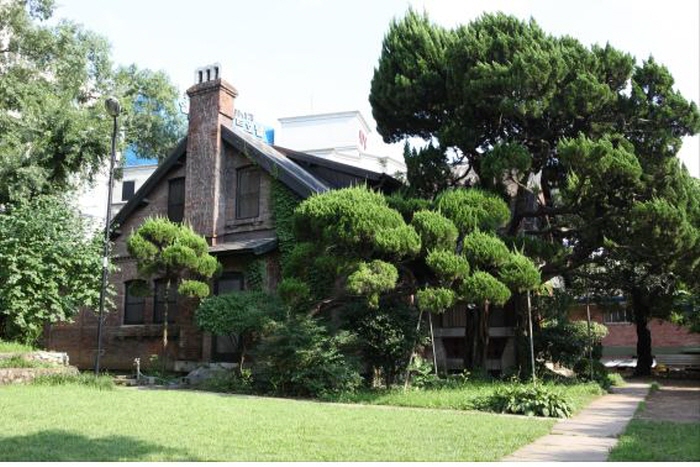

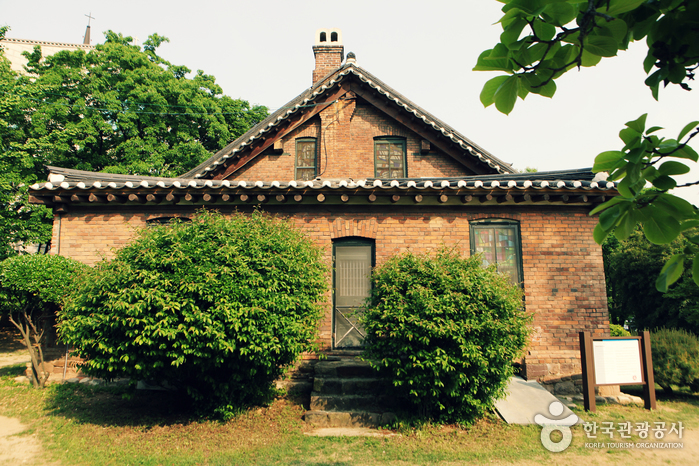
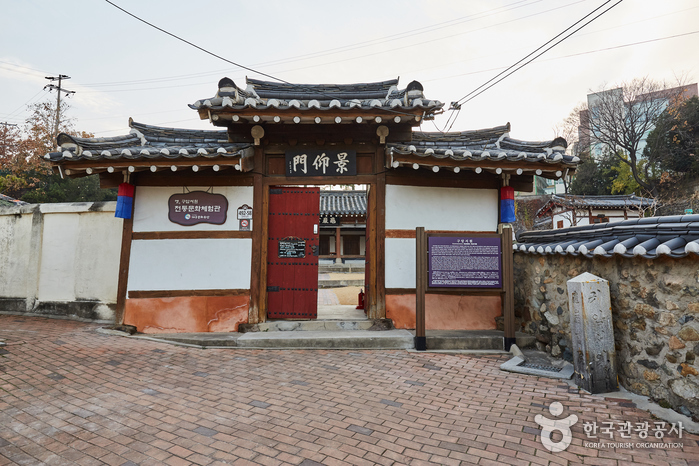
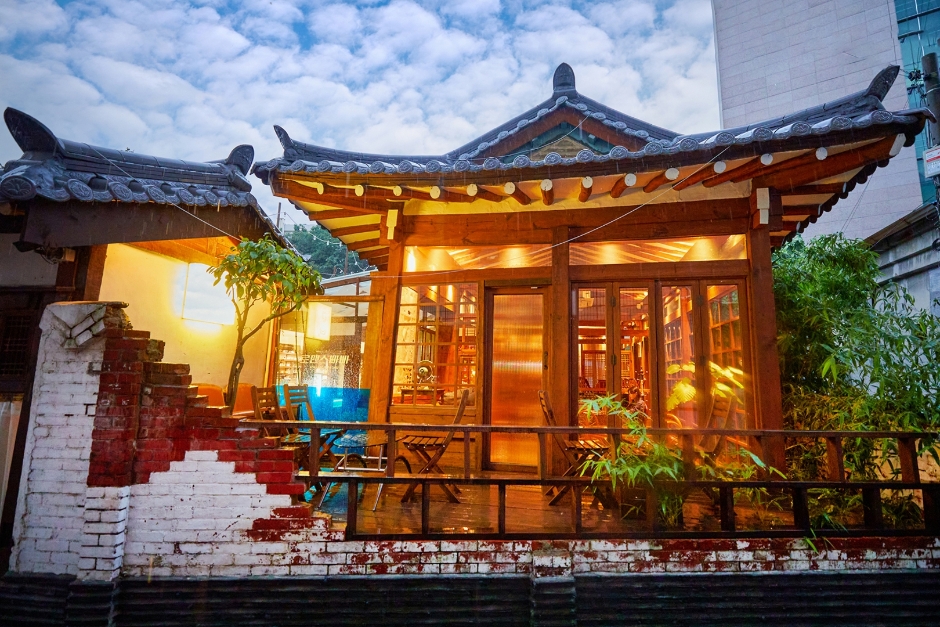
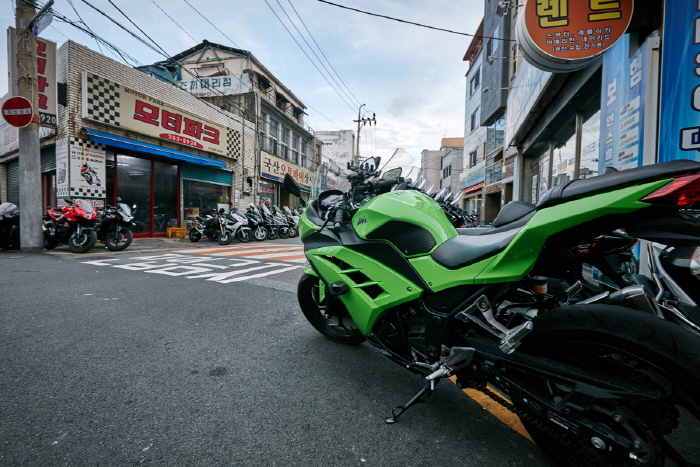
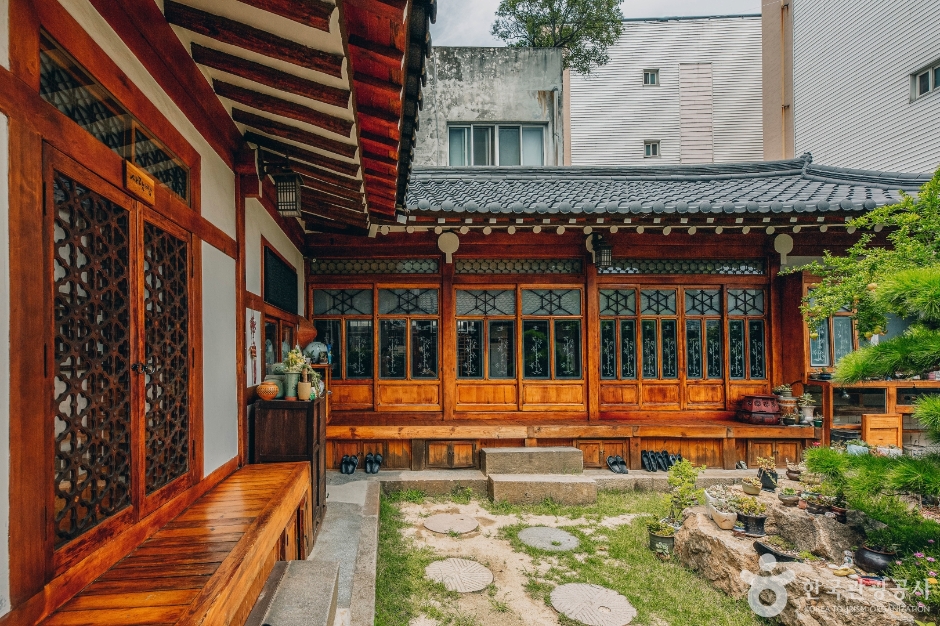

 English
English
 한국어
한국어 日本語
日本語 中文(简体)
中文(简体) Deutsch
Deutsch Français
Français Español
Español Русский
Русский